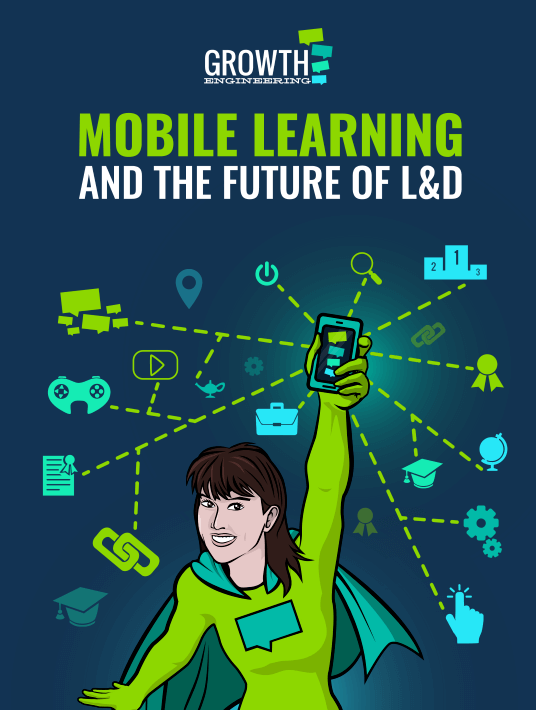4 Great Advantages Of Microlearning
Delivering a mobile learning solution requires a different kind of content. You could just port your traditional, legacy content onto a mobile LMS, but this content might not have been designed for mobile. This can lead to usability issues.

At the very least, today’s training content needs to have a responsive design. This makes sure it can actually be used at all. However, people use their mobiles in different situations than their desktops. In the latter case, they’re usually sitting at a desk and have time to dig into topics in more depth.
With mobile, people are…well…mobile – they’re on the train, or killing time in a post office queue, or just snatching a spare 5 minutes. When you’re designing mobile training content, you need to consider the way people use mobile devices. That’s where microlearning comes in.
1. Microlearning Is More Snackable
If you’ve only got a few minutes to spare, you’re unlikely to start anything that you won’t be able to finish in the allotted time. This is a fact that applies even to things you really want to do, like watching a compilation of oddly satisfying videos. With the best will in the world, it’s not super-likely that your learners will be falling over themselves to access training content.
Microlearning is designed to be accessed and consumed in short bursts. Since training content rarely ranks so highly on your learners’ to-do list, this dip-in/dip-out approach has a better chance of seizing their attention.
2. More Interactions = Better Retention
Longer-form training content has its place when it comes to conveying complex topics. It’s not always the answer for a mobile learning solution. It’s all too easy to drift and become distracted, especially when you’re fitting the learning in around your commute, for example.
While training videos, and even podcasts, have their place, it pays to be aware that they won’t hold your learners’ attention 100% of the time. Microlearning is usually combined with many interactions, like quiz questions or mini-games. This greater degree of interactivity keeps the learner engaged with the content. The more they actively participate in the task, the more likely they are to retain what they’ve learned.
3. It’s More Timely
The traditional approach to instructional design meant committing to large projects involving a great deal of preparation and production. It is undoubtedly important to make sure the training is accurate, but this approach can lead to long approval chains and inconvenient delays to the launch of the training initiative.
By using a microlearning approach, the training programme can be released in chunks as and when they’re ready. In this way, your learners can start picking up new skills while the training is being created and they don’t have to wait for months for larger units to arrive.
4. It’s Easier Tο Manage
Updating large units of training can create big problems. Even the smallest change can affect the consistency of the entire unit and spark off yet another tedious approval process. Meanwhile, the outdated content needs to be removed from the programme.
This leads to long periods of time in which newer learners are stuck with gaps in their knowledge. In extreme cases, it can completely halt their development until the content has been updated.
With microlearning, each piece of content is a stand-alone segment. Let’s take product training, for example; a larger unit might concern a product category. With microlearning, each segment might focus on a single product. If that product is upgraded, then you can remove the associated training and update it without affecting the rest of the content in that category.
To take a more snackable approach, Instructional Designers do need to think differently about the way the content is created, maintained, and consumed. However, once you’ve got your head around microlearning, the resulting benefits can be well worth the effort!
If you want to learn more about how microlearning can enrich your mobile training solution, download the eBook Mobile Learning And The Future Of L&D.

Originally published at www.growthengineering.co.uk.

